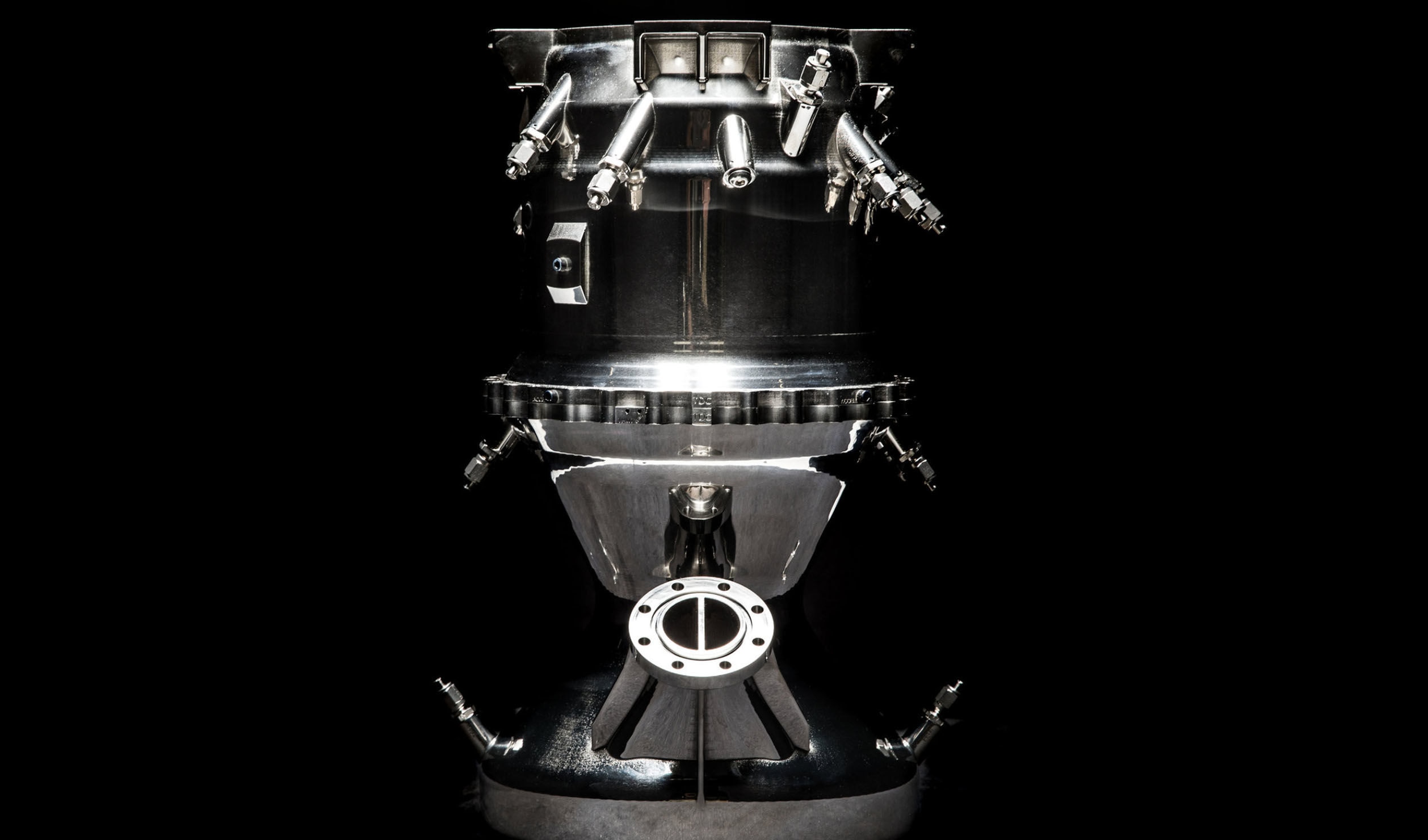Create a free profile to get unlimited access to exclusive videos, sweepstakes, and more!
A 3D-printed rocket is actually going to space

It wasn’t that long ago that our minds were blown by 3D-printed action figures. Now those little knick-knacks are nothing compared to an actual 3D-printed rocket.
This actually does exist — and there is a company on this planet dedicated to 3D-printing rockets. Relativity is that company, and they are now joining forces with mu Space, a Thai satellite company, to blast a satellite into low-Earth orbit by 2022. Let that sink in for a moment. Three years from now, a rocket that came out of a printer will actually take off.
This isn’t just any printer. LA-based Relativity’s metal printer is a mashup of AI and autonomous 3D manufacturing tech that produced the rocket otherwise known as Terran 1. Even cooler is that this machine can build a rocket from raw material in about 60 days. It’s kind of like (if you’re mentally fast-forwarding decades and possibly centuries into the future) that fictional printer in Emma Newman’s novel Before Mars. That one can create just about anything from paper to food, and there is no mention anywhere of it printing any rockets.
Relativity is on a mission to revolutionize what we do in space, so it is no surprise that what they’re doing kind of sounds like it was ripped from a sci-fi novel.
“We’re excited to partner with mu Space, a disruptive innovator in the Asia-Pacific region, to launch their satellite and space technologies with our 3D printed Terran 1 rocket,” said Tim Ellis, CEO and cofounder of Relativity. “We look forward to collaborating to strengthen the U.S. and Asia-Pacific space economy, and to advancing the future of humanity in space together with [mu Space].”
The reason Terran 1 is such a groundbreaking launch goes beyond how this rocket is made. It has what the company calls “a unique and flexible architecture” that can send satellites and other payloads beyond the atmosphere much faster than anything flying into space now. Never mind it would be drastically cheaper. The average cost for a SpaceX Falcon 9 launch these days is around $60 million, and the upper echelon of NASA missions are astronomical at nearly $400 million each. Don’t even ask about future moon and Mars launches.
Of course Relativity is eager to join the moon race. And the Mars race. They want to be the first to send a 3D-printed rocket to the Red Planet, not like anyone else is manufacturing rockets like this for now, but you know.
mu Space is thrilled with this partnership. This Asia-Pacific powerhouse is developing new technologies for space internet and is looking forward to future collaborations with Revoloution that will create and launch tech that makes lunar missions and settlements a reality.
“Relativity has the vision, team, and technology to deliver exceptional advantages in launching mu Space's payloads, and supporting our goal of creating an interplanetary society in the future,” mu Space CEO James Yenbamroong said.
Watch out, Elon.
(via Relativity)














